
Getting started with carving can seem daunting, but it’s much easier than you think. Carving is a great hobby that teaches you patience, concentration, and how to use your own (or someone else’s) creativity. Plus, you can make unique sculptures out of wood that won’t break, and it’s a great way to relieve stress. Whether you want to learn how to carve whittle with a simple hand ax or become a master carver, these tips will get you started.
What types of wood can we use for whittling?
A non-professional artisan will need a soft kind of wood that is pliable. This is to get the desired shape without breaking or cracking the small pieces of our wood. This is how you hone the craft. Generally, Basswood, Butternut, Pine, Balsa, Random twigs, and branches can be used by beginners. You are free to practice on all sorts of scrap wood as well. See our best wood for carving guide.
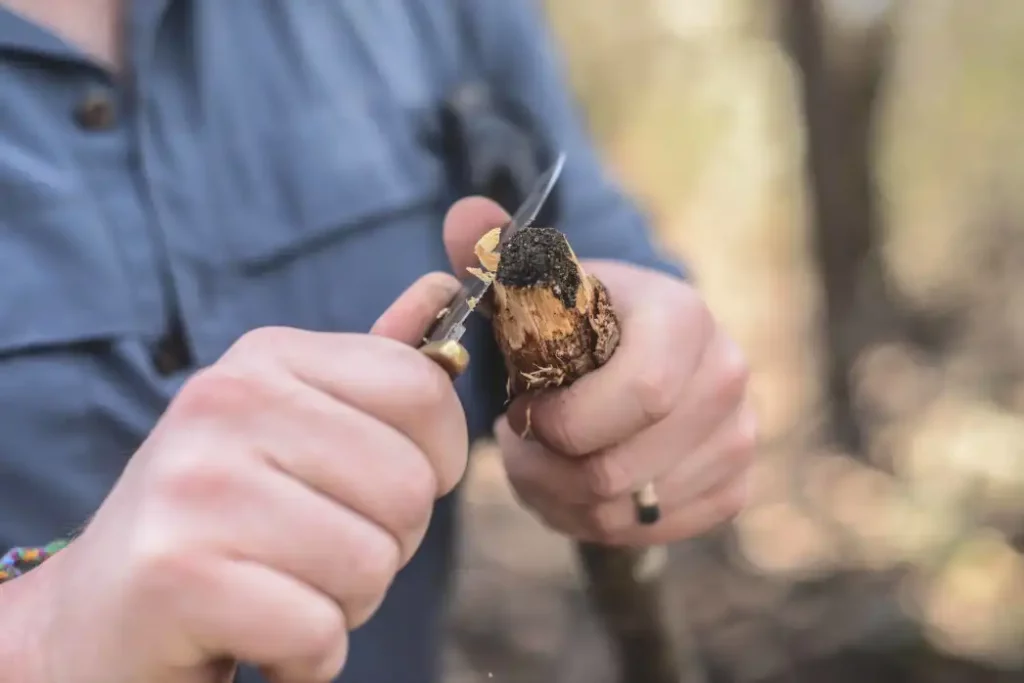
Basswood
Basswood is very common for whittling. It has been used for a very long time. Since the middle ages, artisans have used basswood. It was popular among German Sculptors. It doesn’t have much grain. It is light brown and easy to cut through.
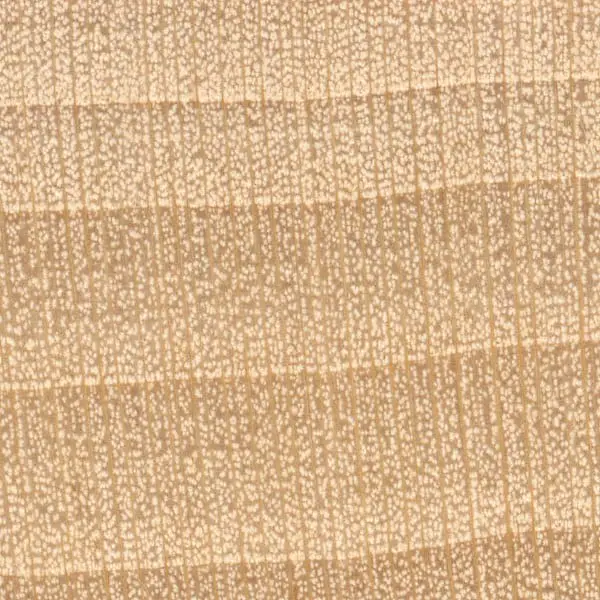
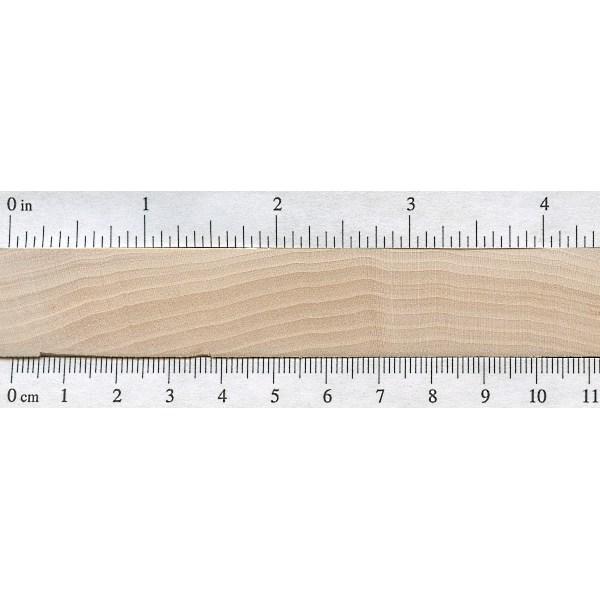
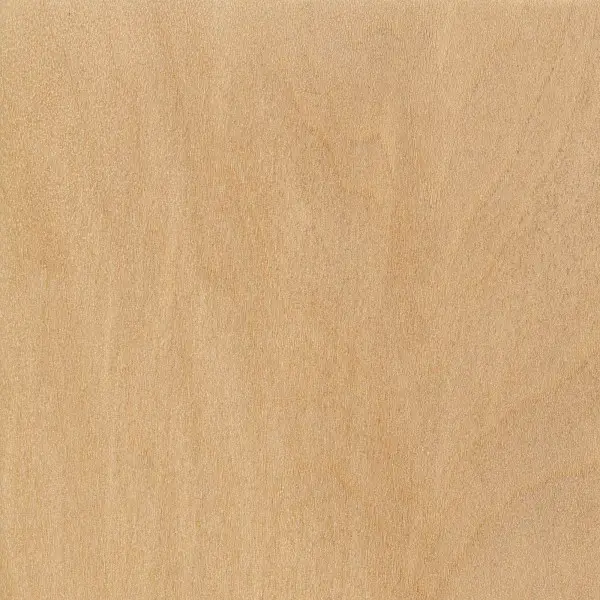
Butternut or White Walnut
This is a confusing one. Butternut is very rough in texture. This makes it easy to cut its chips away. Chopping/cutting is effortless too. It chips away so easily, making it difficult to use for most beginners. There is the ease of use, but it is also easy to make mistakes.
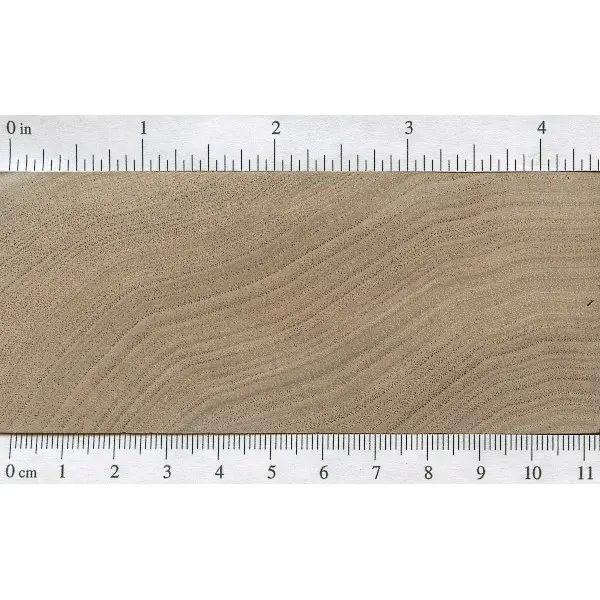
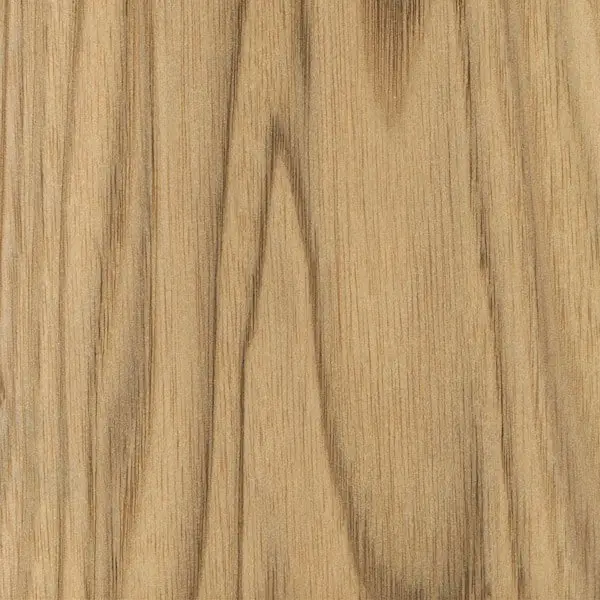

Pinewood
Pinewood has been used traditionally by many whittlers. It is also soft and easy to cut. Some whittlers would argue that you can’t carve as much detail into it. I think it depends on your level of skill.
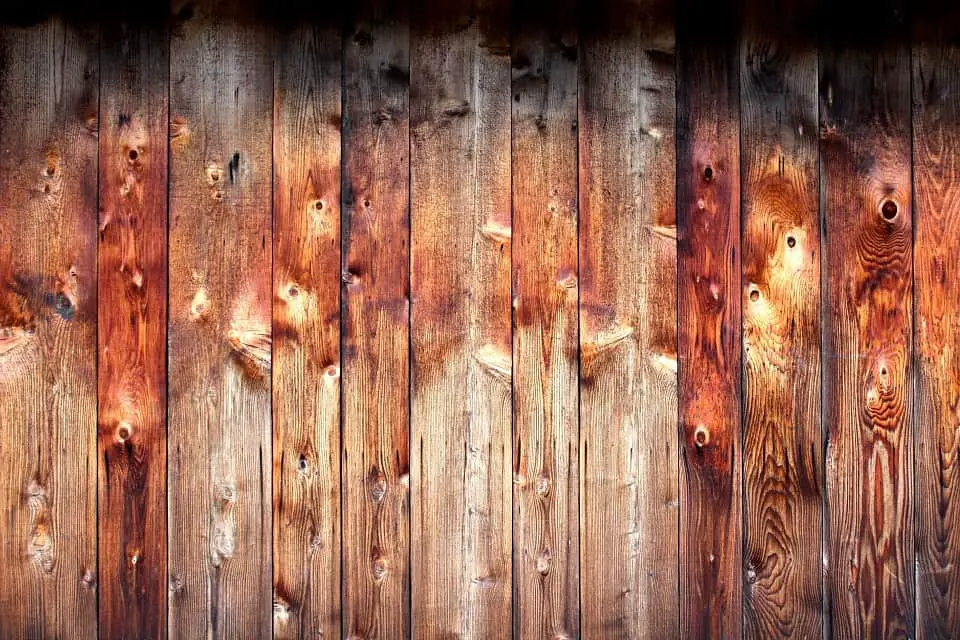
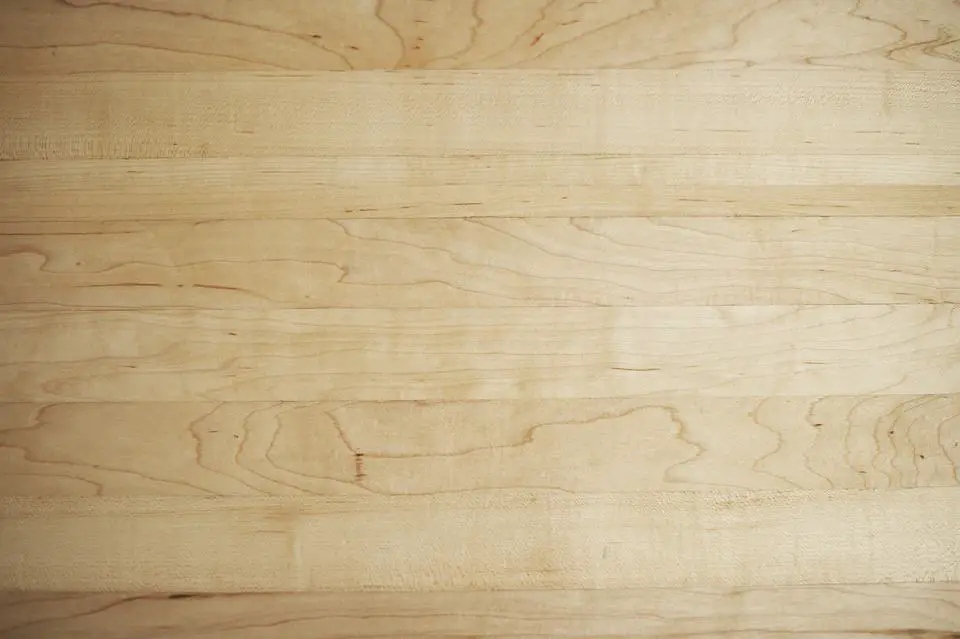
Balsa
Balsa is as soft as others and lightweight. It is a very cheap wood. If you’re a beginner, then this can be your first choice. It is a deeper brown in comparison with Basswood. It has an exciting characteristic which is it will turn yellow-brown during whittle.
What’s more, you can whittle using twigs and branches. Yes, of course, those are free of charge. You can make an ornamental piece of art by whittling them.
As a newbie, you shouldn’t begin whittle with hardwoods. It can be dangerous.
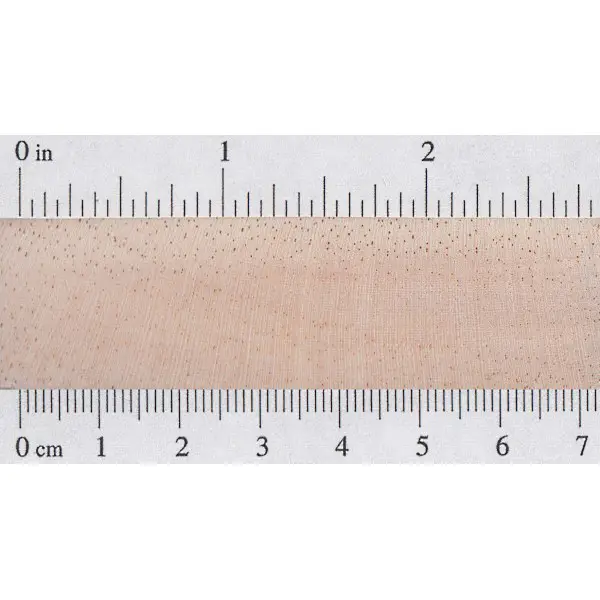
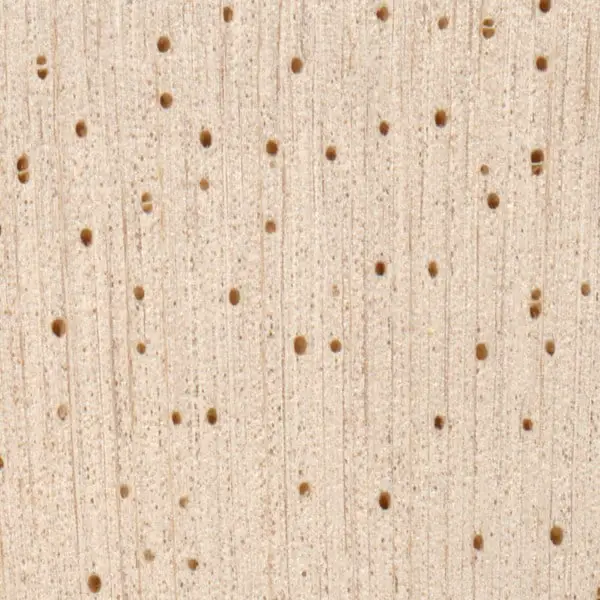
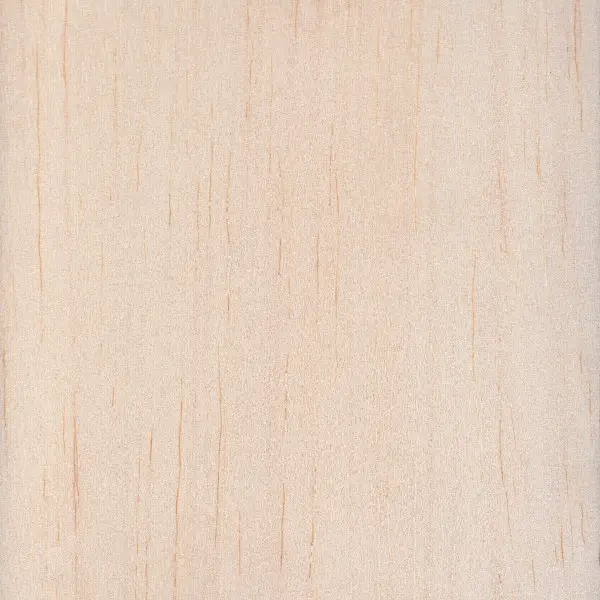
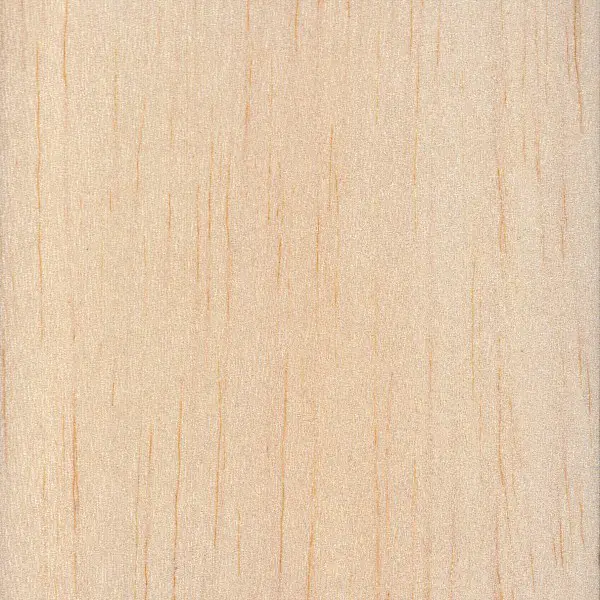
You’ve passed your primary step in whittling after you’ve learned how to shave your wood. And that means you can proceed onward to harder woods. Softwoods are the best choice for whittling because it’s not difficult to cut and get an expected shape from them.
It doesn’t matter what kind of wood you’re using, but you should look for wood that contains plain texture. Just avoid the wood with many branches. It is easy to shave the wood, which has a straight grain. These woods are available in your local lumber shop, and I can tell it won’t cost much.
The Knife
A knife is an essential tool in whittling. Although you can use your pocket knife, it is usually better to stick to whittling knives specifically made for whittling. Some handy knives are Morakniv Wood Carving 120, Fury Nobility Raindrop, Case Cutlery 06246, Flexcut Carving Jack, Flexcut Whittling Jack, Flexcut Tri-Jack Pro, Morakniv Wood Carving 164.
It is said that your pocket knife is the true tool for whittling because it can give you a jagged surface. Also, it is portable. You can keep it with you, and whenever you get time, take it out of your pocket and start sculpting a great artwork.
Is it safe?
Whittling is a safe hobby, provided you take the necessary precautions. It would help if you equipped yourself with protective gear and techniques. It is best practice to work at a slow pace. We all know that an accident can happen anytime. Wear gloves or thumb pads if needed.
Keep your knife sharp because more force is required to shave your wood. If the knife slips, it can cut your finger. So, cover your fingers with duct tape with the sticky side facing out. Cutting the wood is not a simple task because you have to be careful enough not to break it. You can use a pencil to outline your design on the wood. It will help you get your desired shape.
Whittling Cutting Techniques
Straightaway Rough Cut
With a straightaway rough cut, you make neat cuts on the wood and attempt to cut the general state of the structure you need to imitate. Utilize this cut at the absolute starting point of your project to cut your task’s general shape.
Hold the wood in your left hand and your blade immovably in your right. Make a long, clearing cut with the grain and away from your body. Take as much time as necessary. The more you shave, the more you will find that the structure will begin showing up on the wood.
Thumb Pushing
When you need to slice won’t enable you to do the draw stroke. That is the point at which it’s an excellent opportunity to break out the push stroke. Hold the wood piece in one hand and the blade immovably in the other, with the cutting edge confronting you ceaselessly.
Spot both your privilege and left thumbs on the back of the blade edge. Push the cutting edge forward with your left thumb while your correct thumb and fingers direct the sharp edge through the wood.
Pare Cut
It’s the most utilized cut in whittling. To play out this cut, visualize you’re paring an apple. Hold the wood in your left hand, the blade in your privilege with the cutting edge looking towards you. Position the thumb of that hand against the wood and press those fingers inside to draw the sharp edge toward your thumb that holds the blade. Make your stroke short and controlled. Keep your correct thumb out of the way of the sharp edge. For safety, wear a thumb pad.
Push Cut
There are times when you have to cut, and a Pull cut can’t reach. This cut, which is made by pushing the cutting edge away from you, will achieve his objective. This is also known as Levering cut or Push-Away cut.
The following question is what you should whittle if you’re a newbie for your startup or what you can whittle. The thing is always starting from the easiest one, such as an apple or brinjal, or you can start with a round rectangle shape, a circle or triangle, and a star. Go with the easy one you can think of. When you get skilled in one shape, go for another one. Just takes a piece of wood and outline your shape. Then start cutting. This way, you can become a master of carving wood for whittling one day.
Sharpening your whittling knife and tools. Each whittler or woodcarver needs to sharpen their carpentry instruments and keep these fit as a fiddle. It would be best to have some sharpening stones, rough sandpapers, a leather Strop, and some sharpening compound. The level of trouble isn’t big and expects one to get a vibe of the method, and inevitably turns out to be natural.
Preparing your Knife
There is a variety of stones to sharpen your blade. There are wet stones and dry stones. There are stones, for example, Arkansas and Japanese wet stones. Stones work best with water, slick or dry, to be compelling proposals. You should get to know the importance of what these are for and pursues best practice. Sharpening a molded blade edge intends to carry this to a razor edge once more.
Here, the devices and strategy can be brought down to a straightforward methodology. For the initial step, you need a level surface, for example, a wooden square or even a tabletop and drag the edge of the sharp edge at around a 12-degree point with the long edge held at 90 degrees to the heading of hauling along the wet surface of 400 coarseness paper.
The essential point is the included edge between the knife surfaces as initially provided by the producer. This edge is the auxiliary point or slant of the cutting-edge sideways profile. You sIt would be best if youlpointedblade again to this 12-degree edge and home in this position to sharpen.
This is the principal arrangement to expel any balance scratches or harm to the sharp edge. You, at that point, reuse this wet 600 rough paper. You can wash and re-wet the paper now and then.
To decide on an 11-degree point is generally equivalent to putting a coin under the spine edge of a one-inch wide cutting edge, or you can cut a format from a bit of cardboard. To sharpen your honed edge, you should hone this. This is finished by utilizing a strip of leather cover-up or tight felt piece and adding a sharpening compound to it.
As stated before, newbies should keep it simple. There are various easy projects you can start with.
Cutting animal shapes is incredible for beginners since you start recognizing highlights like eyes and different shapes. You can carve any animal figure or puppet you need with the minimum skill. You can start with a baby duck or birds. Amazing.
Snatch some paint and add shading to your new woodcutting plans! Numerous apprentices begin with causing something they can utilize a short time later—the idea of making a wooden spoon which is an excellent thought. You can utilize it for yourself, sell it, or even use it as a gift.
Tips to make whittling more fun
Choose the right type of wood
There are plenty of various types of wood. All in all, crisply sliced wood is simpler to cut than prepared wood, and you ought to pick a straight developed bit of timber without bunches.
Get a proper carving knife
Carving knives are exceptionally intended to cut wood. While you can shave with different knives like special knives and pocket knives, the experience will be vastly improved with a proper carving blade.
Safe practice makes for safe carving
A dependable need to be around when kids are carving. Your cutting position should be like sitting with two feet solidly on the ground. Keep reasonably good ways from others. Continuously cut away from yourself. Hold your arms close to your body and take regular breaks.
Pick the correct project.
Start with something basic and ensure you are agreeable before proceeding onward to test more.
Take as much time as is needed – when you are carving, you consequently begin to relax. Both your brain and your body are busy with the task. Notwithstanding that you attempt to rush, you lose the happiness and begin to commit errors.
Find others to do it with
While carving is an individual approach from various points of view, it can be more fun if you do it with your family or friends. It’s an extraordinary method to be agreeable without much desire, as everybody will have their little task to focus on.
Whether we’re talking about hobbies or spending your time creatively to give a touch to your home decor with your art, Whittling is one of the best choices. It doesn’t cost much, and you can begin if you have a blade and a bit of wood.
You can make possible objects with whittling and are just constrained by your creative mind. For me, it has now become one of my favorite hobbies. However, I’m still no pro. It is a creative way to spend your spare time and discover your inner artist.
- Grain and Sheen: Teak Oil versus Danish Oil Uncovered - January 10, 2024
- The Cherry on Top: Crafting the Perfect Cutting Board - January 9, 2024
- Polyurethane Water-Based vs Oil-Based: Choosing the Right Finish - January 8, 2024
